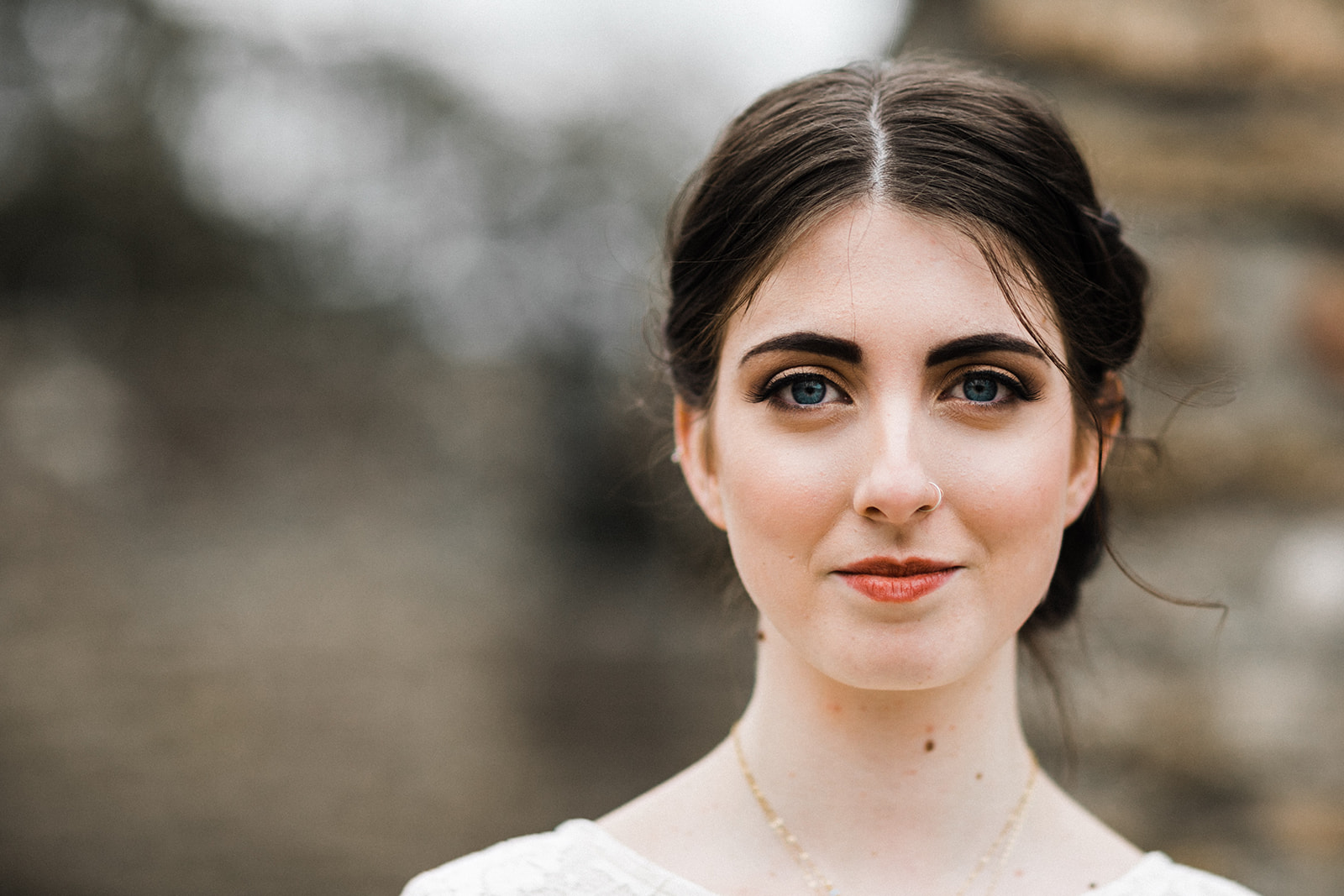What I learned from my Eating Disorder
By Kristen Deasy
I remember learning in health class my sophomore year of high school about eating disorders; what they were, what the symptoms were and what people with eating disorders looked like. I remember learning that people with eating disorders (mainly young females) thought that they were fat and so they tried to lose weight by dieting or working out a lot.
I was shown pictures of French models with eating disorders whose bodies resembled skeletons. The only information I received from this lesson in health class was that eating disorders were about food, girls who thought they were fat, and having a body that showed every protruding bone. With this information, I knew for sure I didn’t have an eating disorder.
Yeah, I may have struggled with body image from time to time but what teenage girl doesn’t? Plus, I didn’t really think I was fat or needed to lose weight. I never tried to diet or excessively workout for the sole purpose of losing weight. I had a naturally thin build and frame but so did everyone in my family, I wasn’t underweight and I definitely didn’t look like a skeleton or one of the French models I saw in class. I was confident that with this evidence there was no way I had an eating disorder.
It wasn’t until over a year later that a therapist I had been seeing for depression and anxiety said “Kristen, you haven’t been eating very well. Is everything okay?” I didn’t think anything of it, I hadn’t really had much of an appetite with getting adjusted on a new anti-depressant so I wasn’t worried by the comment. This comment however made me realize that if I could get through the day without eating lunch, maybe I could get through the day without eating breakfast too.
I tried this “challenge” for a few days and while I did begin to feel hungry, I could get through the day. This cycle continued as I started to eliminate dinner, snacks, desserts, drinks other than water, restricting more and more food and calories every day. I thrived off of this “challenge” of seeing how far I could go without eating, how long I could endure the pangs of hunger ripping through my stomach. I was obsessed with controlling how little I could eat every day and not have anybody notice. But, I wasn’t doing this to lose weight, so I was in the clear, I didn’t have an eating disorder! So I thought.
Because I was in group therapy at the time surrounded by therapists and social workers, they saw that I wasn’t eating when everyone else was and so they brought it to my family’s attention. I was soon discharged from this daily group therapy program and was recommended to see an eating disorder specialist and nutritionist.
I was in true denial of having an eating disorder. None of my behaviors or symptoms matched with what I learned in health class. Sure, I may have been losing some weight but my motive wasn’t to lose weight. I soon realized my motive was control. Everything in my life at the time seemed to be out of control so this was the one thing I could control, how much I could or could not eat. It gave me a sense of purpose every day, something to achieve.
With the reality setting in that I was in fact dealing with an eating disorder, I was brought back to my high school health class where the information I was taught on eating disorders was so incredibly false and stereotypical. The same information that I so often used to justify not having an eating disorder. While some eating disorders may stem from an individual’s desire to be “skinny” or lose weight, that is not always the case and often is not the root of the issue.
I was taught eating disorders are always about food and feeling fat when in reality it comes from a desire to control and that control simply manifests itself in the form of controlling food consumption. In this class I was also blasted with images of models who looked lifeless, every bone visible through their almost transparent skin. Again, this is possible with an eating disorder but not always. I looked nothing like these images even though I was severely underweight.
I only learned about anorexia and not other forms of eating disorders like binge eating or bulimia. This class provided me with incorrect, romanticized, stereotyped information that was extremely damaging to me and allowed this disease to take hold of my life because I was informed incorrectly on the reality of this extremely serious disorder. I was enraged that my school was teaching this information to young women year after year, semester after semester, when so much of it was hurting these young adolescent girls instead of giving them real information to be aware of what eating disorders truly are.
This anger prompted me to start talking about my own eating disorder battle. Once I got set up with an eating disorder therapist and a nutritionist and began regaining weight, I realized I had actually struggled with eating disorder tendencies as early as the fourth grade. All of this new knowledge I had however didn’t make the road to recovery ahead of me any easier. I had to rebuild my relationship with food, reteach my brain how to view food, and retrain my body how to eat and handle food. This process was exhausting, frustrating, discouraging and seemed even hopeless at times.
Introducing food back into my diet and to my body again made for many sick and irritable days while my family was doing all they could to support and love me through recovery. I had to relearn, or even learn for the first time how to love myself and my body. Even though my eating disorder didn’t begin as a body image or weight issue, it slowly turned into that. I had to learn how to look in the mirror again and see a reflection of a beautiful, strong, woman that God created specifically for a purpose.
I remember just staring into the mirror for hours, sobbing because I couldn’t find one thing I liked about myself. Over time though, through learning my identity in Christ, recognizing that God made me good, I found my worth. I finally could pick things in the mirror that I liked about myself. I felt beautiful not because I fit a certain ideal that the world says is beautiful but because God made me beautiful, and true beauty isn’t found until we recognize that infallible truth.
Recovery was still an uphill battle though.
However, if I never would have gone through this period of recovery, I would have never seen the other side of recovery. The side of redemption, of freedom and life. The side of recovery where my life has a purpose more fulfilling and beautiful than controlling how much I eat. A life where I learned for the first time where my true identity and worth comes from, Jesus Christ. What is the Cross without the Resurrection?
This side of recovery was worth every painful day of the process it took to get here, even when I thought this other side wasn’t possible. This side of recovery has given me the chance to speak to others who struggle with eating disorders, to encourage them in their own battles and to share with them the reality of eating disorders despite what damaging information they have received previously whether it be from a health class or the media.
I wouldn’t change my battle with an eating disorder any day because it gave me so many beautiful things and I learned so much as a result of it. I found my faith, I know my identity as a beloved daughter of a good, good father, I learned that food is good and should be enjoyed! I know how incredibly strong I am because of Jesus who gives me all the strength I have. But I also know that I don’t want anyone to ever go through what I experienced. I’m thankful the Lord chose me to carry this cross so that maybe it can help others who feel alone in their battle of control.
P.S. You are enough.
Photo credit // Emma Dallman




